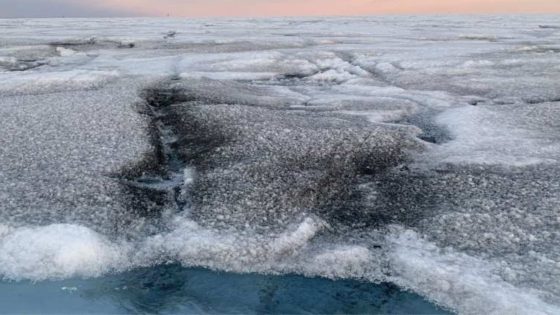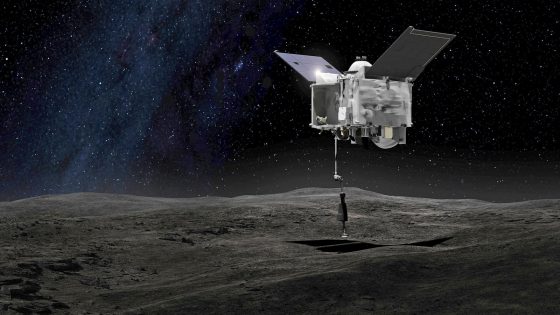Recent research reveals a surprising link between algae and the melting of Greenland’s ice sheet. As temperatures rise, pigmented algae like Ancylonema are flourishing on the ice’s surface, darkening it and accelerating melting. What does this mean for our planet’s future? On February 20, 2025, scientists highlighted how these algae could significantly impact global sea levels.
- Algae thrive on melting Greenland ice sheet.
- Darkening ice accelerates heat absorption.
- Feedback loop exacerbates ice loss.
- Biological factors influence ice dynamics.
- Impacts sea level rise projections significantly.
- Need for updated climate models.
The Alarming Role of Algae in Greenland’s Ice Melting
How can tiny organisms like algae have such a huge impact on our planet? The recent surge in algae growth on Greenland’s ice sheet is alarming. As global temperatures continue to rise, these organisms are thriving, leading to darker ice that absorbs more sunlight and melts faster. This process could create a dangerous cycle, worsening the already critical melting of the ice sheet.
Understanding the Connection Between Algae and Ice Melting
The connection between algae and ice melting is complex but crucial. As the snowline rises due to climate change, more ice is exposed, creating ideal conditions for algae growth. This darkening of the ice surface enhances heat absorption, leading to accelerated melting. Here are some key points:
- Algae like Ancylonema are thriving on Greenland’s ice.
- Darker ice absorbs more sunlight, increasing melting rates.
- The feedback loop could worsen ice loss in the future.
- Understanding this relationship is vital for predicting sea level rise.
Biological Factors and Ice Dynamics
Researchers found that algae can thrive in nutrient-poor environments, making their growth even more remarkable. As global temperatures rise, these organisms are expected to spread further across the ice sheet. This could lead to even more rapid melting in previously untouched areas, raising concerns about future sea levels.
Implications for Coastal Communities in the U.S.
The implications of algae growth on Greenland’s ice sheet are far-reaching, especially for U.S. coastal communities. As sea levels rise due to accelerated melting, millions could face increased flooding risks. Understanding the role of biological factors like algae is essential for accurate climate projections and effective planning.
Future Climate Projections and the Need for Monitoring
This discovery emphasizes the importance of monitoring biological factors alongside traditional climate models. By understanding how algae influence ice melt, scientists can develop more accurate predictions for sea level rise. This knowledge is vital for preparing for the potential impacts on communities worldwide.































